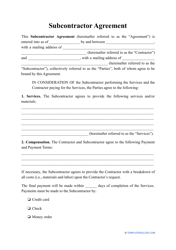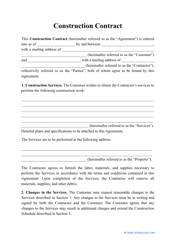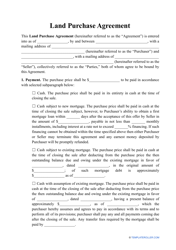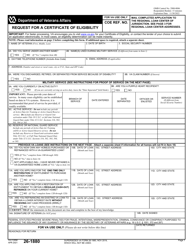Tiny House Laws in the United States: How to Build a Tiny House?

The tiny house lifestyle - besides being a sustainable and often a more environmentally-friendly way to live - offers a wide range of benefits and possibilities. However, with there being no unified federal regulations on this type of property, it is important to be well versed in tiny house laws before planning to build your own home.
What Is the Tiny House Movement?
The tiny house movement is a broad social phenomenon in the United States, resulting mainly from the recent economic troubles when many people lost their homes. The financial advantages of living a less expensive and simpler life make this trend all the more appealing. Add to this the freedom of movement that accompanies the lifestyle and environmental benefits: a smaller environmental footprint encourages people to consume less in general and brings a more sustainable future. Another significant impact is that tiny houses offer a possibility of shelter for the homeless if community programs are involved.
How to Build a Tiny House?
Building a small house requires a great deal of research, planning, and logistics before you can begin construction. The first thing you have to decide on is the type of your future house. There are two types of tiny homes:
- Tiny House on Wheels (THOW). Legally called an RV (recreational vehicle). It is necessary to register it as an RV.
- Tiny House on a Foundation. Legally called an accessory dwelling unit (ADU), these types of houses often come in the form of granny flats or cottages.
To get started, determine your true needs and ability to live in a small space, research possible building sites, and talk with fellow tiny house builders and owners.
The planning stage consists of creating a rough floor plan, determining major features you will need in your house, drafting or purchasing of building plans and planning your budget. Depending on your skills and budget, you may decide to build your own home or to have it custom built to fit your needs. The first option implies that you are in charge of logistics and sourcing components and materials, which will save labor costs. Alternatively, you can opt for a tiny house building kit, which provides blueprints, instructions, and building materials.
The second option is to get a custom-built house, where a contractor or a design company will do the work for you. This should also ease the process of obtaining applicable permits and meeting the required regulations.
Whichever option you choose, it is highly recommended that you start with all the required forms and permits on hand. These include a land purchase agreement (if the house is an ADU), a construction agreement, a proposal plan, detailed structural and electrical plans, a statement describing your construction methods, a complete and detailed bill of materials and receipts, a contractor agreement, and a subcontractor agreement - if required.
If you need to obtain a tiny house loan, there are six ways to do it: a traditional mortgage, bank loan, RV loan, your builder, Credit Union, and private or peer-to-peer lending.
Note that you will need to apply for various permits when building your house. These include electrical permits, plumbing permits and more. Check your local building permit requirements on the city or county website.
Tiny House Laws
Depending on the type of a tiny home you want and what state and county you will build in, laws can vary greatly. The two most important tiny house regulations to consider are your location’s building codes and zoning regulations. Building Codes dictate on how your house is built, in regards to measures, plumbing, and more. The International Residential Code (IRC) establishes the rules for residential construction. You can check with your local building department for specific requirements. Building regulations require that any dwelling - however big or small - requires a permit to build a livable space.
Owners of tiny homes can choose to park their house in a friend’s or family member’s yard or rent lots in tiny home communities, although the latter may not be allowed in their state. They may also opt for purchasing an empty lot in their own community. However, due to the city and county zoning regulations, parking a tiny house on an empty lot might not be allowed. For instance, if your house is legally considered an RV, you need to park it in an area zoned for RVs, such as an RV park. Make sure to talk with your local zoning department before purchasing land.
Looking to find out more on this topic?
- Read about the land contracts that may be available to you;
- Learn more about buying land to build a house;
- Get familiar with the tax deductions you may be eligible for as a homeowner.






